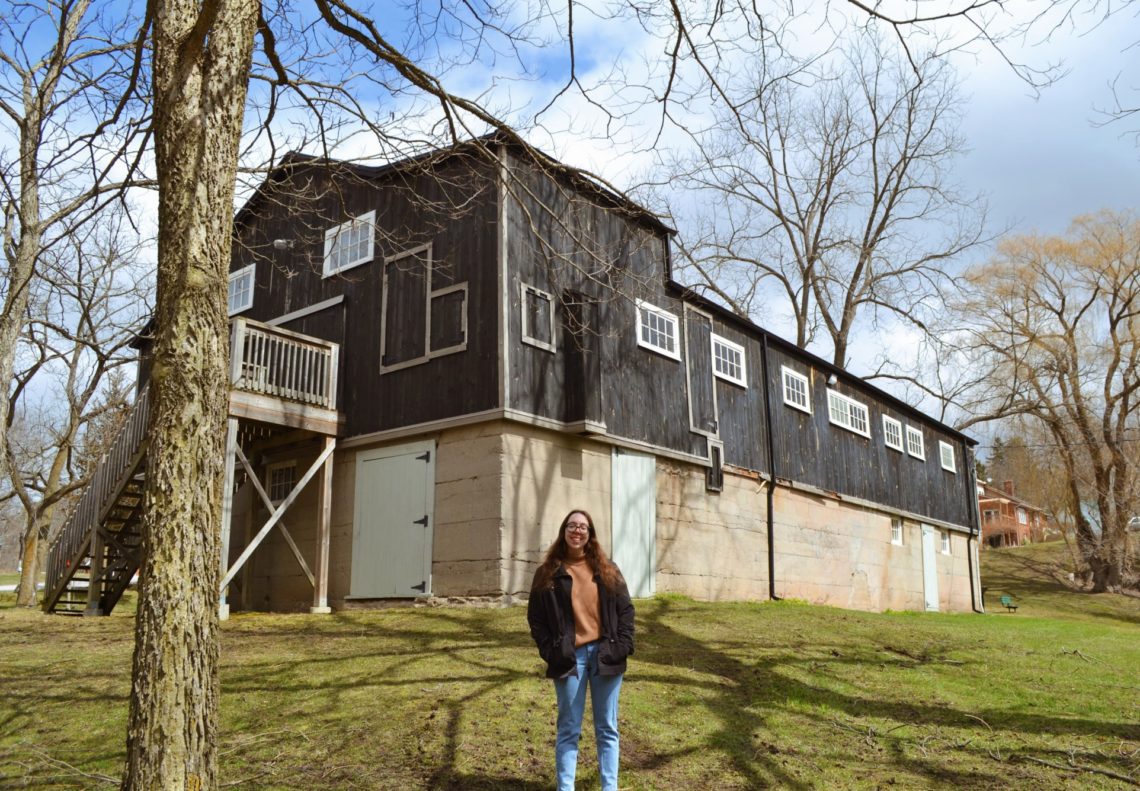
Delhi, Ontario
Norfolk County, est. 5,344 residents
Delhi, Ontario, known as the “Heart of Tobacco Country,” was settled by Frederick Sovereen around 1812. Originally called Sovereign’s Corners, the community was renamed Fredericksburg before, in 1856, changing its name to Delhi.
Sovereen was a staple in the community. He was a tavern keeper for more than 30 years, manufactured plug tobacco, donated the land for the Baptist church and served as the deacon for a period of time.
A railway was built through the town in the 1870s and was crucial to the town’s growth. Businesses could now start shipping their products all across Canada without having to travel far. One of these businesses was the Delhi Canning Company, which was established in 1878. They were now able to ship their canned local produce across the country with ease.
Lumber Galore
Prior to the 1880s, Delhi was a lumber-rich community. They had their very own lumber mill, thanks to the large amount of water running through the town. The “Delhi Mill” was purchased from Jacob Sovereign (Sovereen) in 1874 by Richard Quance. It’s estimated by the Middleton Township (Norfolk County) that the first documentation of the sawmill and grist mill was 1849, but it’s believed that the sawmill may have been in existence since the mid-1830s.
Richard Quance had purchased the sawmill for his son Peter, who repaid him back for the property several years later. Peter Quance ran the grist (flour) mill, the sawmill, the planing mill and the woollen mill between 1874 and 1891. Peter’s brother, Robert Quance Sr., assisted Peter in running the mills from 1891 until their partnership dissolved in 1916. Peter retained the flour mill, while Robert ran the sawmill and planing mill.

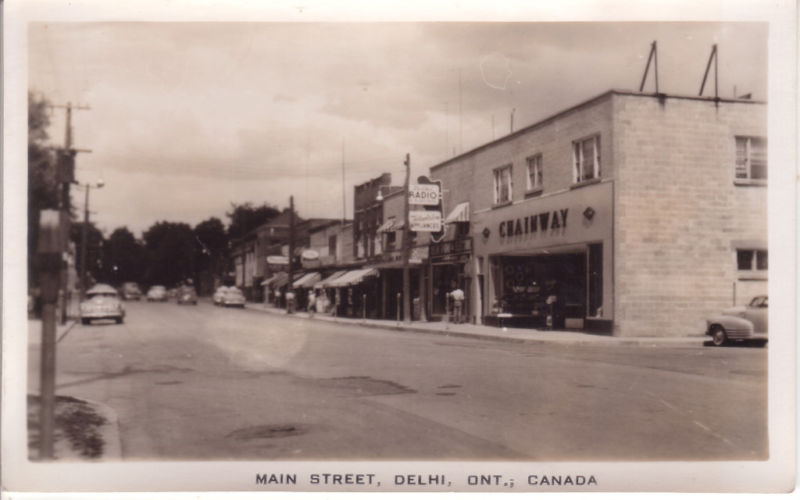
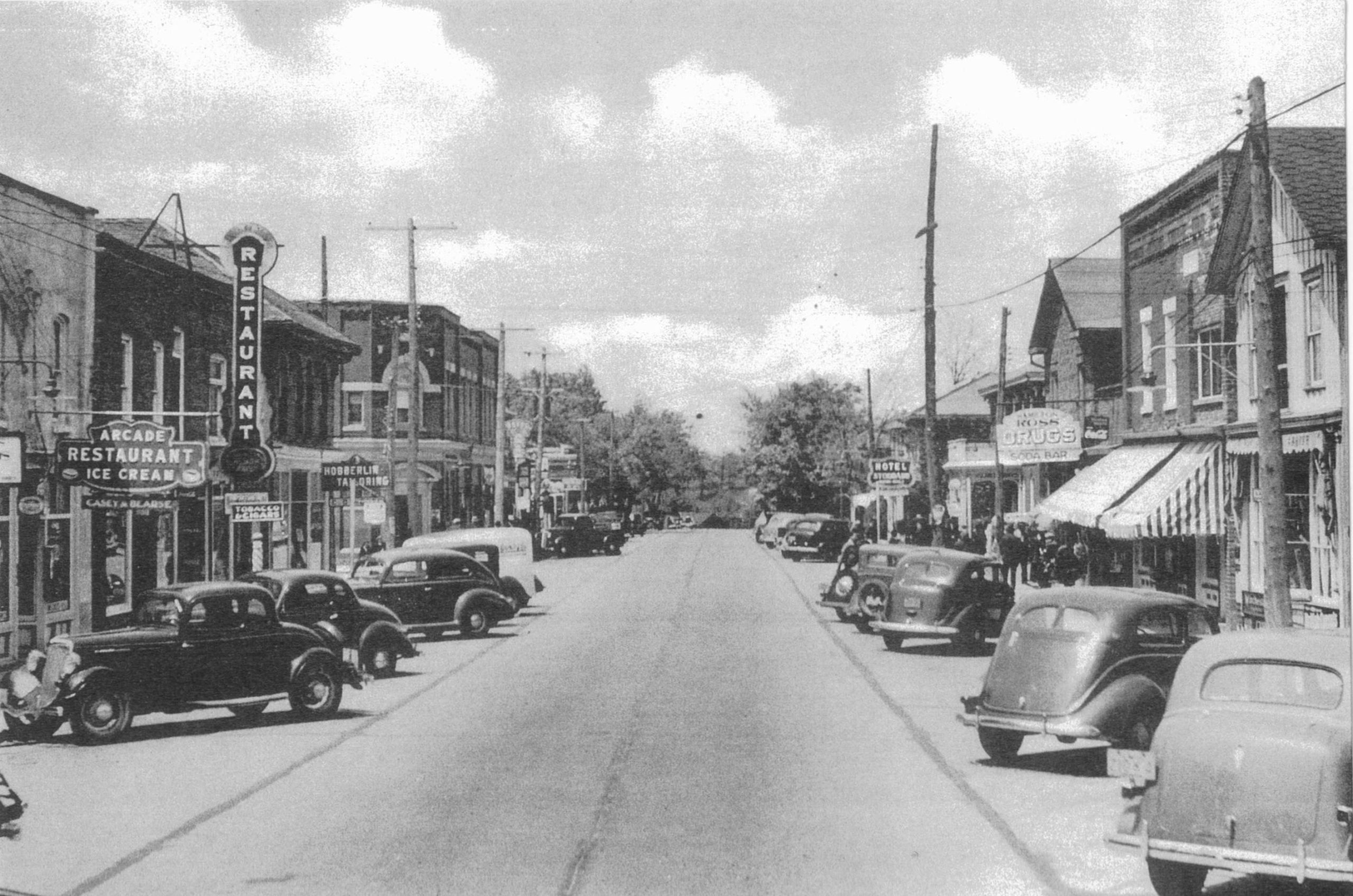
With the tobacco boom of the late 1920s, the Delhi sawmill played an extremely important role in providing the lumber needed for the construction of greenhouses, lath sticks, park barns, and most importantly, tobacco kilns — the buildings used to cure/dry the tied tobacco leaves. In 1970, both the sawmill and planing mill closed after the death of Robert Quance Jr., the son of Robert Quance.
The shift from the lumber industry to tobacco was necessary once several trees in the area were cut down and a dusty soil remained. Although now the sandy soil is well-suited for numerous other crops, the chalky soil worked even better for the tobacco plant.
Tobacco Was King
Many Indigenous tribes traditionally grew and used tobacco. Historically, tobacco was used as medicine, in ceremonies and for sacred rituals. It was also carried in pouches as a readily accepted trade item. The government tobacco smoked today is laced with numerous chemicals and is not the same as the tobacco Indigenous peoples have been cultivating for generations.
During the late 1800s, the primary tobacco grown in Ontario was burley tobacco, an air-cured or fire-cured leaf. It was much heavier and stronger than the southern bright leaf popular in the United States at the time. This kind of tobacco was cut and hung in a well-ventilated barn and allowed to dry (air-cured) over a period of four to eight weeks. Fire-cured burley is hung in large barns where a hardwood fire is kept in a low-soldering state and takes from three to ten weeks to complete the curing process.
The first tobacco plot wasn’t planted in Norfolk County until 1920. By 1927, flue-cured tobacco was on the rise in Southwestern Ontario. Flue-cured crops were able to thrive in the dry “fox soil” dubbed by the agricultural crowd. This type of soil is very dry, making it unprofitable to many farmers growing other crops. To tobacco farmers, this was perfect.
The soil was suitable for growing bright leaf tobacco and the land, once considered to be worthless, began to rise in price for those looking to cash in on the tobacco craze sweeping the area.
After the 1920s, many farmers growing burley tobacco switched to growing flue-cured since they soon faced bans in Canada for burley. Oftentimes, sugar is added to burley tobacco to lessen its intense, dark, cigar-like flavour.
The Delhi Tobacco Auction Exchange Hall was one of three warehouses in the Ontario tobacco belt. Daily auctions were held in Tillsonburg, Aylmer and Delhi that allowed tobacco farmers to bring their product in and companies to inspect and purchase the product firsthand. Buyers from competing companies walked the rows of tobacco, examining and grading bales by row and by position. The auction houses were always filled with excitement and became a great place for the community to come together.
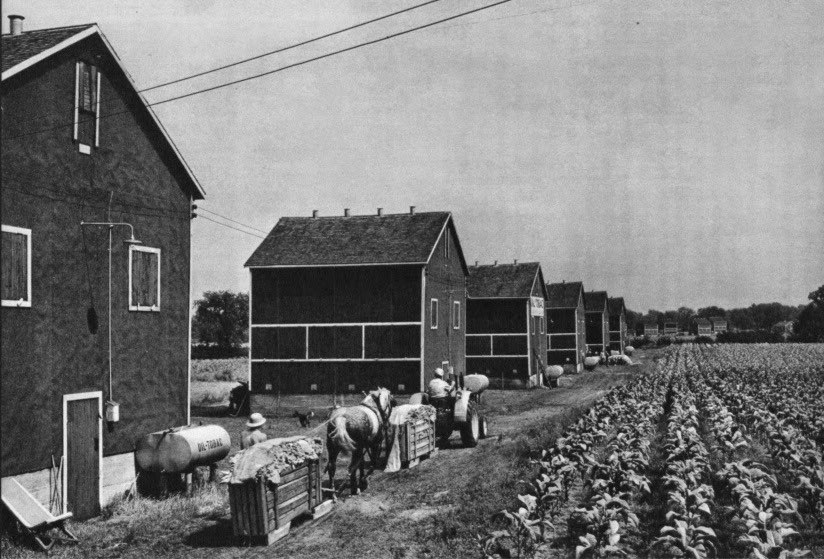
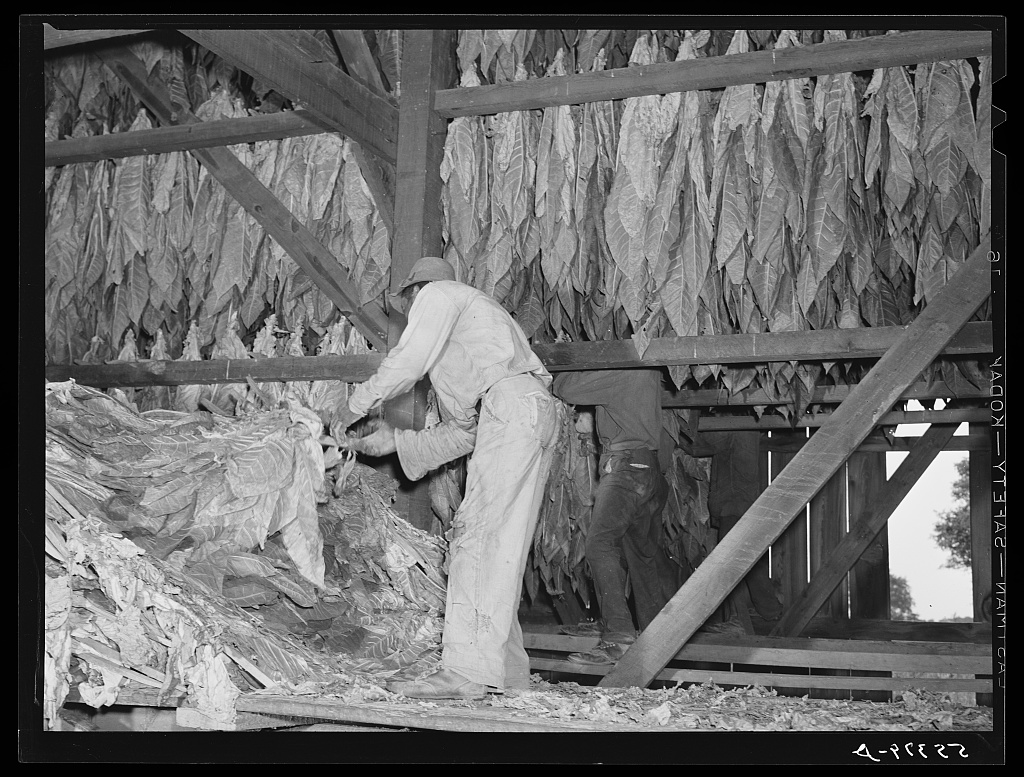
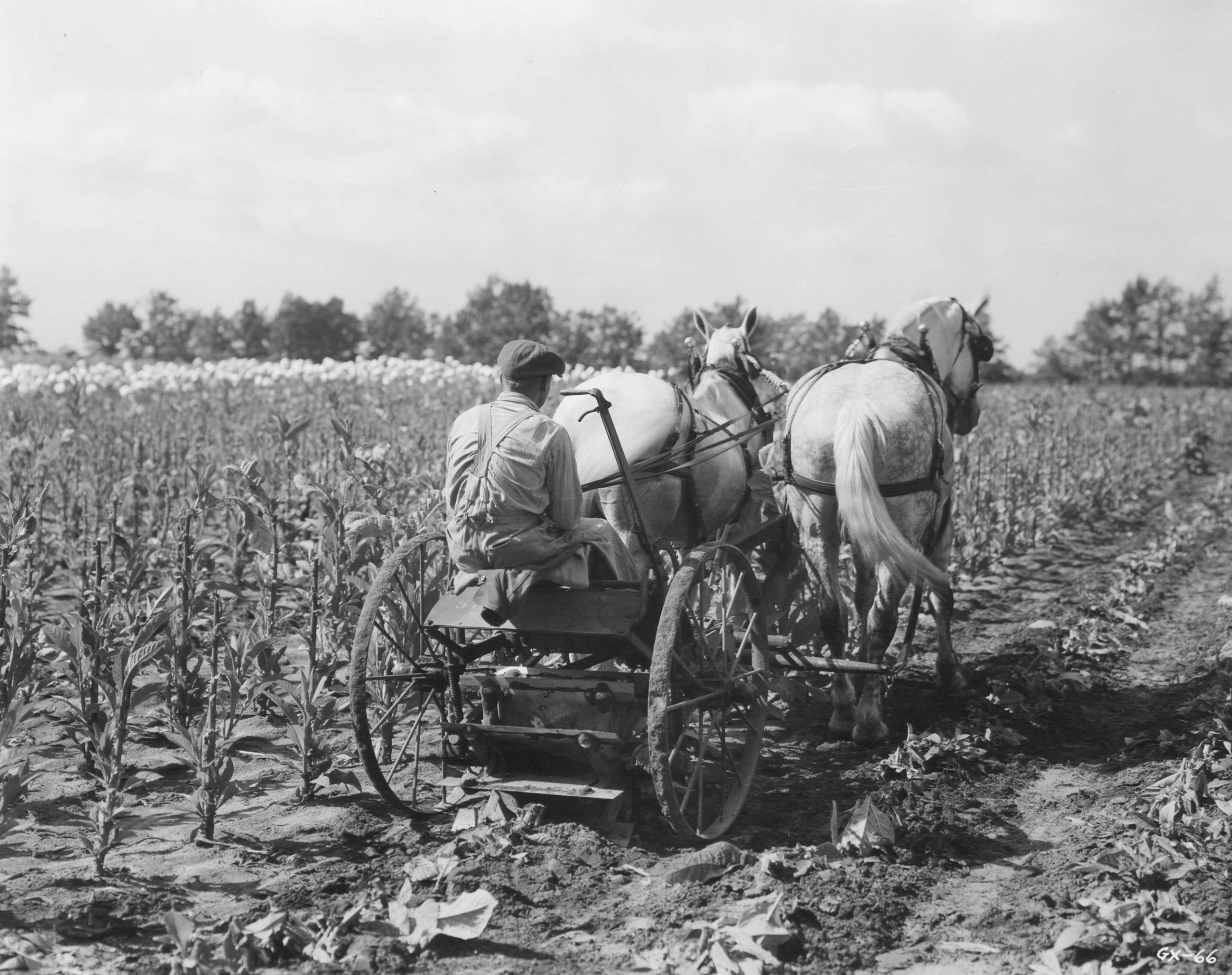
As doctors became more aware of the connection between smoking and cancer, tobacco sales started to decline. During the 1960s, there were around 4,500 tobacco farms in Canada. By the 1970s, that number had decreased to 3,000. As of 2021, there are only 169 licensed flue-cured tobacco growers in Ontario and 17 non-flue cured tobacco growers left in the province. In Canada today, 90% of tobacco is grown in Ontario, with many still remaining in Norfolk County and near Delhi.
The “Heart of Tobacco Country” Today
The Delhi Tobacco Museum and Heritage Centre stands as a physical reminder of what was once a thriving industry in the area. Built in 1979 as a model of a typical tobacco barn, the museum houses exhibits on tobacco, ginseng and other agriculture grown in Norfolk County. As Canada’s only tobacco museum, they’ve taken on the huge task of preserving the history of an industry that once dominated the area.
Quance Park is a beautiful green space with signs depicting historical buildings located near their original plots. The mills and river were critical in the establishment of Delhi, providing the town with ample opportunity for growth.
In 1981, the Township of Delhi, with the assistance of the Ontario Ministry of Culture and Recreation, erected a replica of the original Quance sawmill, which provides a scenic view over Big Creek and the Quance Dam.
The Delhi Rail Trail was originally part of a working railway called the ‘Air Line’ under the ownership of the Great Western Railway (GWR) in 1872. The station in Delhi was built in 1880 near the corner of William and Main streets. The station burnt down in 1916 after hot embers from a nearby locomotive landed on the roof. The station was then reconstructed and provided passenger service until 1960.
The idea for the Delhi Rail Trail began in 2006, and a committee was formed under the leadership of Frances Edmonds to start the project. Running between Delhi and Simcoe at nearly 14 kilometres, the trail passes through old fields, farmhouses and forests along the countryside. The trail is open year-round and the perfect spot for backpacking, hiking, birding, cycling and cross-country skiing.
Delhi is home to many families of European descent, including German, Belgian, Hungarian and Polish residents. The Delhi District German Home has become known as a gathering place for weddings, parties and other special events.
Opened in 1950, the club was created for the community to come together while also providing a link to the people of German descent as a way to preserve tradition. The German Home and the German Home Ladies Society have become a pillar of the area, providing social activities and delicious meals for various functions.

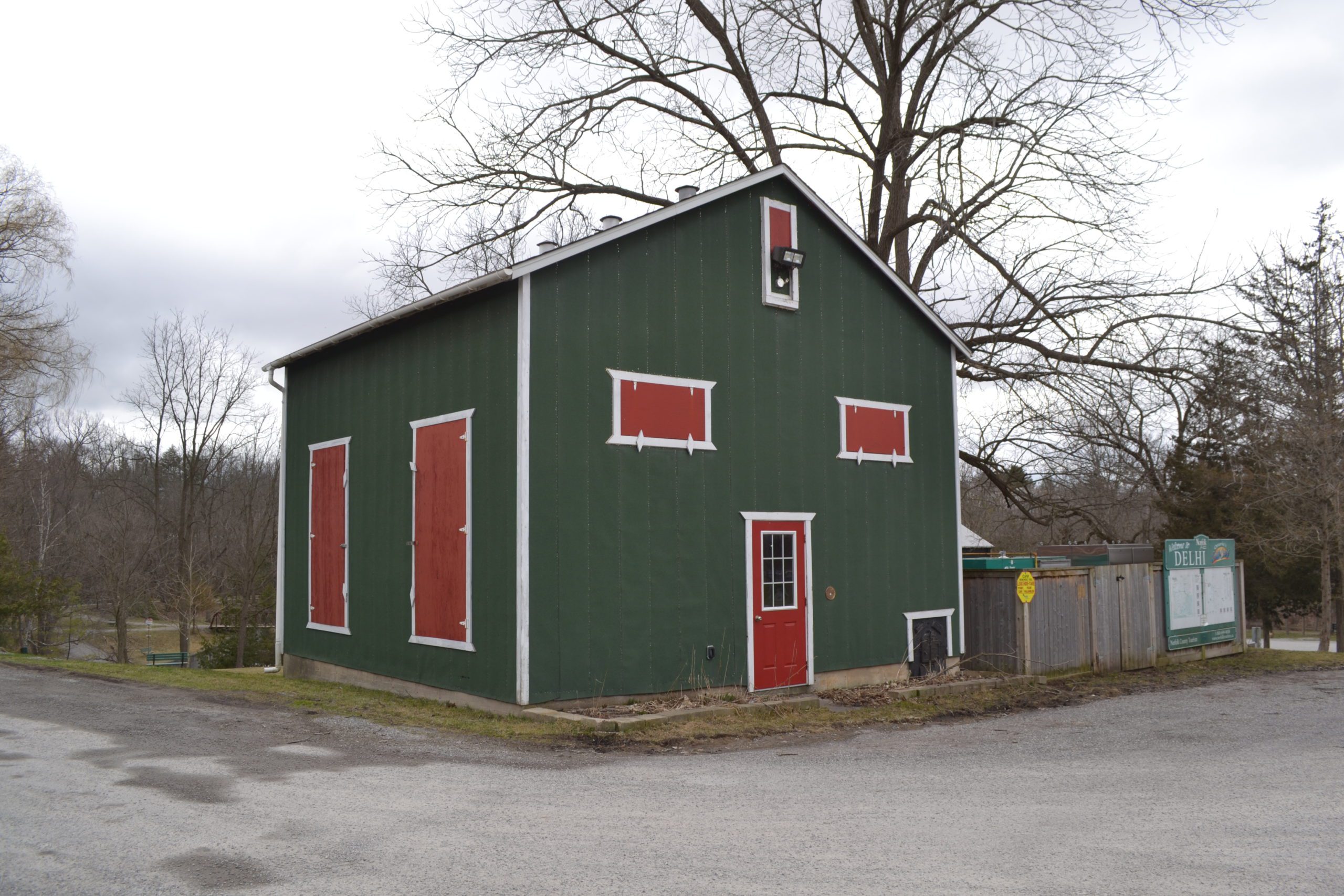

Wholesome Pickins Market is an incredible local place to buy produce, baked goods, cheese, meats and other local treats from Norfolk County. The VanDeVelde farm has been in operation since the 1930s when Archie VanDeVelde immigrated from Belgium and started growing tobacco. The current owners, David and Jenn VanDeVelde, chose to take the farm in a new direction in 2007 by planting strawberries and haven’t looked back since.
Small towns and communities are being forgotten, and I think that’s why I feel so passionately about this project. It’s hard to watch larger areas and cities get funding for museums, events and other ways to preserve their local history while rural areas struggle to keep afloat. I thought Delhi perfectly encapsulated not only Norfolk County’s agricultural history, but what it means to be a small town trying to find its footing today.
Special shoutout to Paul E. Allen and his incredible book “When Tobacco Was King” for information about the tobacco industry in Norfolk County and the Delhi Tobacco Museum for their additional information.


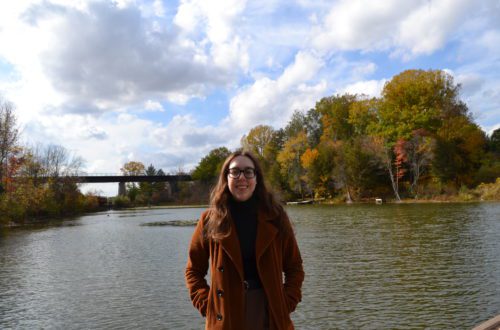

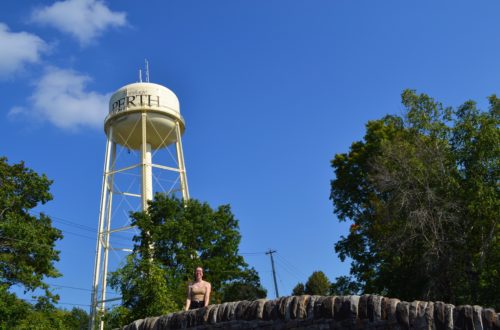
4 Comments
Eleanor Beaumont
Really enjoyed your information on Delhi. You have come a long way in your life. Your Mom and Dad must be really proud of your accomplishments. I worked with your Mom at JCI. Miss seeing her.
smalltowncanada
Hi Eleanor, thank you so much for your kind words and for reading my article and video! I let my mom know of your comment so I’m sure she’ll reach out.
Nancy Bolton-Rawles
Sept 16, 2022
Thank you for posting your history on Delhi. My sister, Ann, and I visited last week from California to find information on our 6th great grandfather on our mother’s side: Fredrick Sovereign (Sovereen). My grandmother was Joy Leota Sovereign. It was interesting to find out about Sovereign Corners and see the image of Fredrick here in your video. We were excited to find the old cemetery but wished we could stay and clean it up. It was a bit of a distance from the Delhi Cemetary and we wondered why. If they had owned land all over that area? Then a wonderful person in Delhi told us about the Delhi Cemetary and we found Fredricks’s headstone as well as others. What a treat!
Thanks again for your informative video.
Nancy Bolton-Rawles (Oregon)
Ann Bolton Dumont (California)
smalltowncanada
Hi Nancy, thank you so much for your comment and for watching my video. How incredible that you’re related to Fredrick Sovereign! I hope you had a great time in Delhi and were able to learn more about your family’s history while visiting.